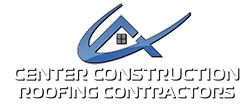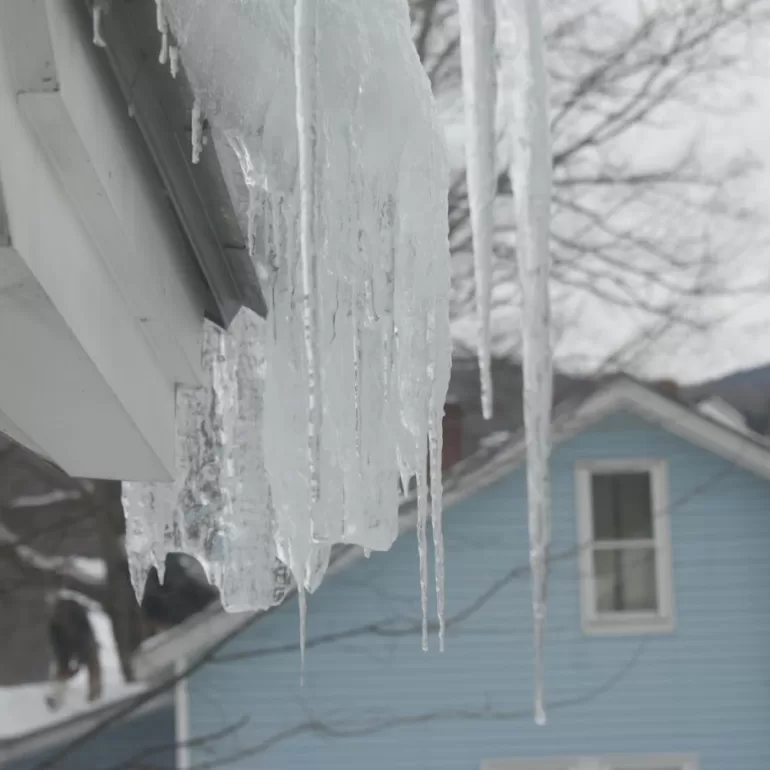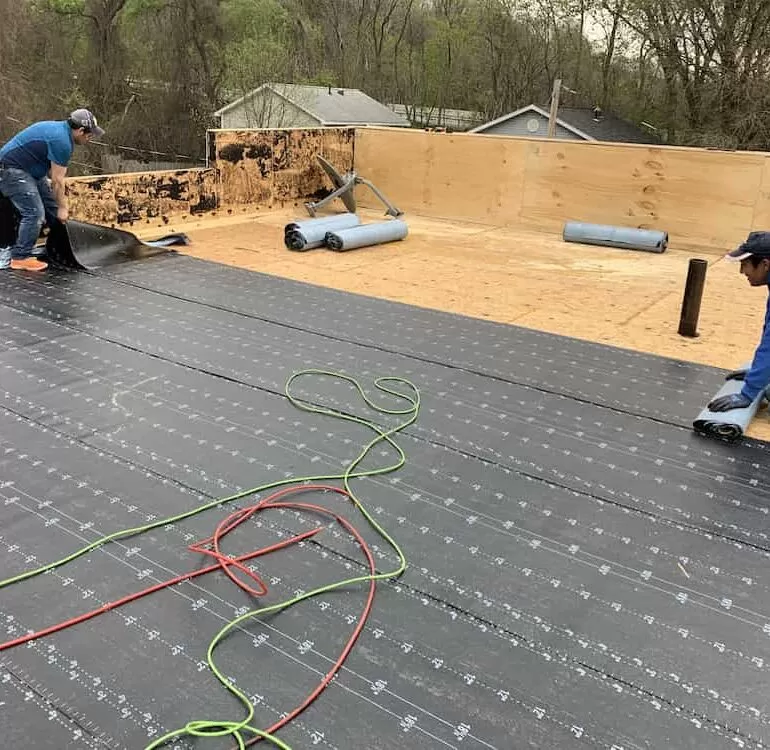Proper roof ventilation is a crucial but often overlooked aspect of home maintenance. Effective roof ventilation methods not only help regulate temperature and moisture levels in your attic but also contribute to the overall health and longevity of your entire home. By implementing the right roof ventilation techniques, you can reduce energy costs, prevent structural damage, and create a more comfortable living environment. In this article, we’ll explore five key roof ventilation methods that can help keep your home cool, dry, and energy-efficient.
Ridge Vents: A Popular and Effective Roof Ventilation Method
Ridge vents are one of the most common and efficient roof ventilation methods available. Installed along the peak of the roof, these vents allow hot air and moisture to escape from the highest point of your attic. Ridge vents work in tandem with soffit vents to create a continuous airflow, drawing cooler air from the eaves and expelling warm air at the roof’s peak. This natural convection process, known as the stack effect, ensures consistent air circulation throughout your attic space.
Soffit Vents: Essential for Intake in Roof Ventilation Systems
While ridge vents handle the exhaust, soffit vents play a crucial role in the intake portion of your roof ventilation system. These vents are installed in the undersides of your roof’s overhanging eaves, allowing cooler outside air to enter the attic space. Proper soffit ventilation is essential for creating the airflow necessary to remove heat and moisture effectively. When combined with ridge vents or other exhaust vents, soffit vents complete the ventilation circuit, ensuring a well-balanced and efficient system.
Gable Vents: Traditional Roof Ventilation Method for Older Homes
Gable vents are a traditional roof ventilation method often found in older homes. These vents are typically installed on the exterior walls at the ends of an attic, just below the roof’s peak. While not as effective as ridge vents in some situations, gable vents can still provide adequate ventilation when properly sized and paired with soffit vents. In homes with complex roof designs or where ridge vents aren’t feasible, gable vents can be an effective alternative or supplementary ventilation method.
Power Vents: Mechanical Roof Ventilation for Enhanced Airflow
For homes in particularly hot climates or those with large attic spaces, power vents offer an enhanced roof ventilation method. These mechanical vents use electric-powered fans to forcefully expel hot air from the attic. Power vents can be thermostatically controlled, activating when the attic reaches a certain temperature. While more effective at removing heat than passive vents, power vents do require electricity to operate, which may impact energy costs. They can be particularly useful in areas with limited natural airflow or during peak summer months.
Solar-Powered Vents: Eco-Friendly Roof Ventilation Methods
Combining the benefits of power vents with energy efficiency, solar-powered vents are an eco-friendly roof ventilation method gaining popularity. These vents use solar panels to power their fans, eliminating the need for electrical connections and reducing operating costs. Solar-powered vents are most effective during sunny days when attic temperatures are at their highest, providing enhanced ventilation precisely when it’s needed most. While the initial cost may be higher than traditional vents, the long-term energy savings and environmental benefits make them an attractive option for many homeowners.
Conclusion
Implementing effective roof ventilation methods is essential for maintaining a healthy, comfortable, and energy-efficient home. Whether you opt for passive systems like ridge and soffit vents or more active solutions like power or solar-powered vents, proper roof ventilation can significantly impact your home’s overall performance. By regulating temperature and moisture levels in your attic, these ventilation methods help prevent issues such as mold growth, ice dams, and premature roof deterioration.
When choosing the right roof ventilation method for your home, consider factors such as your local climate, roof design, and specific ventilation needs. For best results, consult with a roofing professional who can assess your home’s unique requirements and recommend the most effective combination of ventilation techniques. Remember, a well-ventilated roof not only extends the life of your roofing materials but also contributes to a more comfortable and energy-efficient living space throughout your entire home.
At Center Construction, we understand the importance of proper roof ventilation and are committed to helping you implement the best solutions for your home. Our team of experienced professionals can provide tailored recommendations to ensure your roof performs optimally, enhancing both the longevity of your roofing system and the overall comfort of your living environment.






